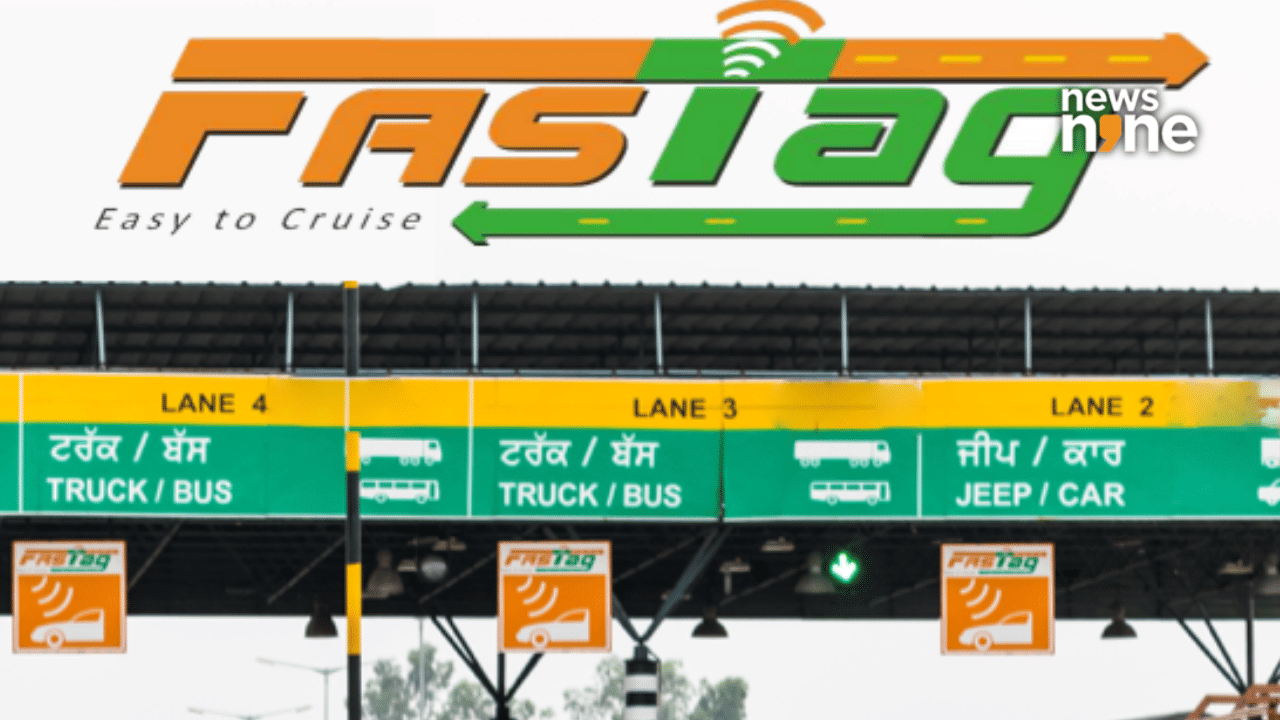New Delhi: India’s toll payment system is entering a new phase of enforcement, with the government’s mandatory Know Your Vehicle (KYV) verification process for all FASTag users. The KYV is not new; it was rolled out as a mandatory process, beginning Oct 31, 2024. It’s just that the banks were not enforcing it. The requirement applies to both existing and new FASTags and aims to ensure that each tag is correctly linked to the vehicle it is being used on.
FASTag usage has crossed 8 crore users across highways, but the rise in misuse has prompted stricter compliance. Officials have reported cases where tags issued for smaller vehicles were being used on commercial trucks to evade higher toll charges. There have also been instances where people kept tags loose in their wallets instead of fixing them to their vehicles, allowing them to use multiple tags across different vehicles.
What is KYV and why was it introduced
The KYV verification process involves uploading clear images of the vehicle along with its registration certificate. The National Payments Corporation of India (NPCI), in coordination with the National Highways Authority of India (NHAI), has made this process compulsory to prevent misuse and ensure that the FASTag is permanently affixed to the correct vehicle.
The process requires:
- A front photo of the vehicle with the number plate and FASTag visible
- A side photo showing the full body of the vehicle
- A photo of the FASTag sticker placed inside the windshield
- Front and back copies of the Registration Certificate (RC)
According to the regulatory circular, FASTags that do not comply will be deactivated automatically. Users will not be able to pass toll plazas with an unverified FASTag and may be required to pay penalties or higher toll rates.
How KYV will impact everyday users
The verification must be repeated every three years to keep the database updated. This is likely to affect drivers who are unaware of the requirement or are unable to complete the process due to technical glitches on bank portals or mobile apps.
Vehicle owners across metro cities and highways have reported delays and confusion during the upload process. Some users have faced issues at toll plazas after finding that their tags were non-functional due to KYV non-compliance, even when they had balance in their accounts.
Government’s plan
The KYV system is part of a larger goal to move towards a multi-lane free flow (MLFF) tolling model, where vehicles will not need to stop or slow down at toll booths. To make that system reliable, each vehicle must have a single, verified FASTag. This would create a unified national database and eliminate duplicate or fraudulent tags.
The initiative also supports the one-vehicle-one-tag rule, under which all existing tags older than five years will be replaced. FASTag issuers have been instructed to match details with the VAHAN database to verify authenticity.
What vehicle owners should do now
- Complete KYV verification before FASTag deactivation deadlines
- Keep RC documents and clear photos of the vehicle ready
- Check with issuing banks or FASTag apps for updates
- Ensure that the tag is properly affixed to avoid penalties
